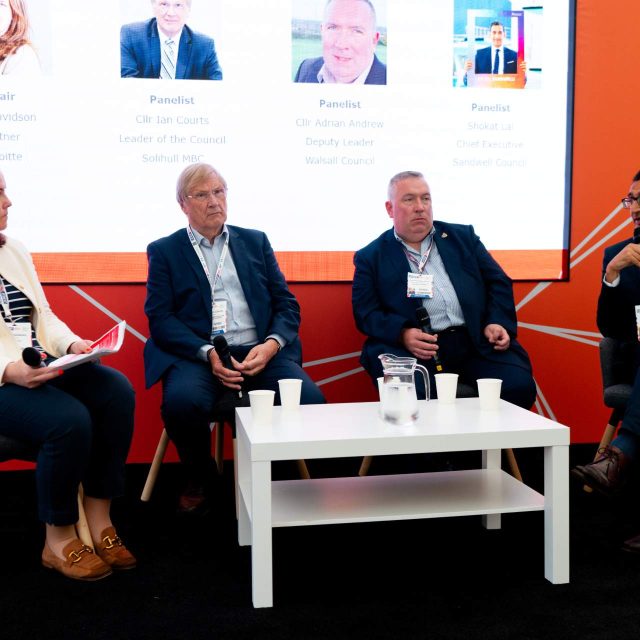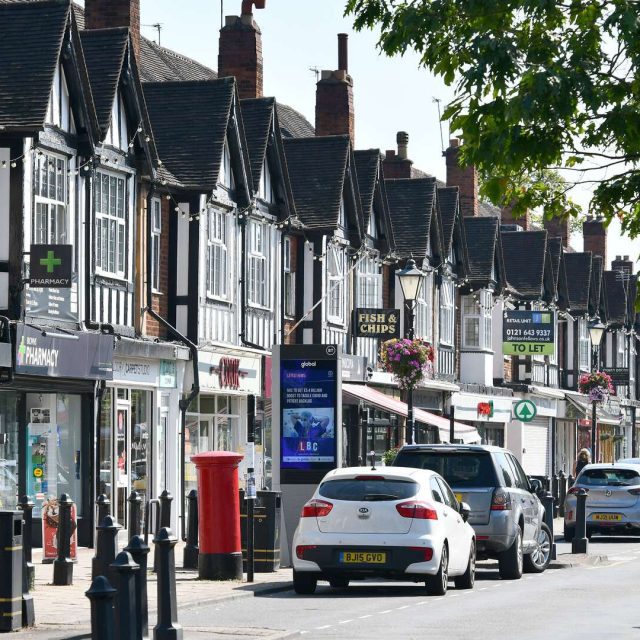Transforming our urban spaces through design

“By embracing regenerative design, the UK can lead the way in creating thriving and resilient urban habitats and communities.”
It’s been over five years since the UK’s climate emergency declaration and subsequent 2050 net zero emissions target was enshrined in law. When considering the built environment’s role in these, regenerative design emerges as a vital strategy: it enables the transformation of urban spaces in a manner that creates net-positive outcomes for people and nature.
In light of the Intergovernmental Panel on Climate Change report in 2019, it was clear that to be sustainable (to meet the needs of today without compromising the needs of tomorrow) is simply not enough to tackle the twin climate and biodiversity crises. The regenerative design concept seeks to go beyond sustainability with an overarching aim to enable all living systems (including humans) to survive, thrive and co-evolve, whilst respecting planetary boundaries.
By embracing regenerative design there is an inherent pivot towards a green economy. The principles pro-actively enhance the environmental quality of development, promoting renewable energy generation and embedding circularity to rejuvenate urban ecosystems. In doing so, it addresses urban challenges such as pollution, habitat loss, resource depletion, waste creation and social depravation, while fostering equitable, resilient and thriving cities for the future.
“In the context of our towns and cities, the UK faces persistent regional disparities that have led to uneven economic growth and opportunities.”
Urban regeneration directly addresses these challenges by breathing new life into neglected areas, fostering economic activity and improving the quality of life for residents. This aligns with the ambition shown by all the local authority leaders promoting their respective hometowns at the West Midlands pavilion. The desire to drive economic growth by realising the potential of all places and communities across the region, thus promoting a more balanced and inclusive society, was clear to all audiences.
All leaders confirmed the need to strategically target resources and investments to areas that have been historically marginalised. They spoke about the benefits of revitalizing infrastructure, creating job opportunities, and enhancing public spaces, and how urban regeneration across the West Midlands will build local economic resilience and support community empowerment. This not only boosts economic activity but also fosters a sense of pride and belonging among residents who can see positive change in their local communities.
For politicians and local authorities, actively supporting urban regeneration initiatives within their communities signals an investment in the future well-being of communities and the realisation of a more equitable society.

“Successful regeneration can be evidenced through a range of diverse indicators.”
Positive shifts in property values, reflected in rising real estate prices and demand, signify increased attractiveness and investment in the area. Decreased crime rates demonstrate improved safety and community well-being. Enhanced infrastructure, including upgraded transportation networks and utilities, indicates modernisation and improved connectivity. Vibrant green public spaces, reinvigorated through thoughtful design and utilisation, foster community and social interaction whilst enhancing biodiversity. Rising employment rates, particularly within new businesses and industries, showcase economic growth and job opportunities.
To achieve success, a shift in mindset for both policymakers and built environmental practitioners is necessary.
Ultimately, long-term success encompasses community wealth building, improved health and quality of life, and social cohesion. Overall, successful urban regeneration manifests through a blend of economic, social, and environmental enhancements that proactively contribute to the revitalisation of the community.
“Embedding a culture of regenerative thinking within the context of urban regeneration is vital for the UK and the West Midlands’ societal and climate change aspirations.”
The fundamental concept of regenerative design is that urban spaces evolve with the needs of a place by responding to the feedback that the place is providing. This entirely aligns with our understanding of successful urban regeneration which must be self-sustaining and able to iteratively respond to the complexity inherent within an environment, where all living systems are interconnected.
The synergy between rejuvenated urban spaces and regenerative design not only tackles urban deprivation and resource depletion, but also sets a precedent for development to go beyond traditional sustainable goals, doing “less harm”, but aspiring to positively enhance, whilst respecting our finite planetary constraints.
To achieve success, a shift in mindset for both policymakers and built environmental practitioners is necessary. Through collaborative efforts and innovative strategies, the UK can lead the way in creating resilient, regenerative cities, promoting design that addresses the needs of our diverse communities and in doing so contributes to a healthier and prosperous future for all.
Rahul Patalia is a Director within WSP’s Property & Buildings business and urban regeneration sector lead. He is a member of the “Regenerative Design and Policy Lab”, an immersive programme for senior built environment professionals to delve into the critical intersection of policy and regenerative design.


